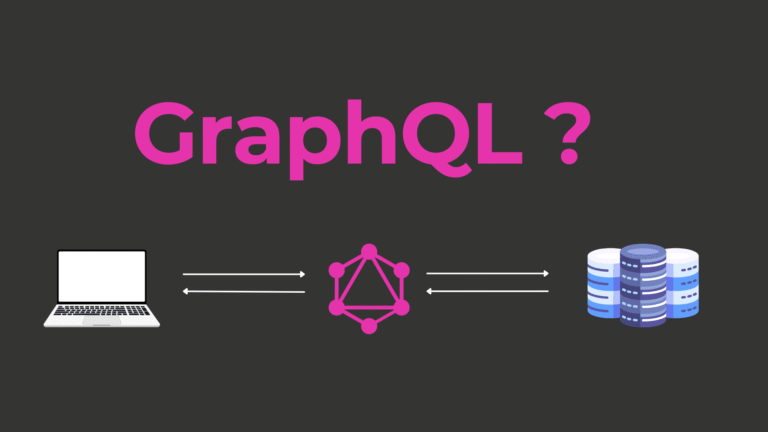A Comprehensive Guide to Three.js for Developers and Designers

Three.js is revolutionizing the way developers and designers create 3D graphics on the web. It’s an open-source library that has captured the attention of front-end developers, data visualization specialists, and students entering the world of 3D programming. But what makes Three.js so essential, and how can you start using it?
This guide explores its features, use cases, benefits, limitations, and how you can fully utilize its potential to enhance your web applications.
What is Three.js?
Three.js is a JavaScript library that simplifies the process of creating and displaying 3D animations and objects in a web browser. Built on WebGL (Web Graphics Library), it allows developers to create stunning 3D visuals with less boilerplate code.
Whether you’re a web developer looking to spice up user interfaces, a game developer, or an educator making 3D diagrams, Three.js bridges the gap between creativity and code.
Core Features of Three.js
What sets Three.js apart is its accessibility and robust framework. Here are some of its standout features:
- Cross-Browser Compatibility: Enabled through WebGL, Three.js works in all modern web browsers without plugins.
- Ease of Use: Simplifies WebGL complexity with user-friendly functions and extensible APIs.
- Lighting and Shadows: Add a realistic touch to your visuals with an array of lighting options like ambient, point, and spotlights.
- Texture Mapping: Apply textures such as images, videos, or procedurally generated patterns.
- Animation Support: Create smooth motion with support for skeletal animation and morph targets.
- Plug-and-Play Geometries: Includes built-in geometries and materials from cubes to spheres, or support for custom shapes.
- VR and AR Readiness: Integrates easily with WebXR for immersive experiences.
Use Cases for Three.js
The flexibility of Three.js makes it suitable for various industries and applications. Here’s how leading professionals are adopting it to elevate their projects:
- Interactive Websites
Modern websites are leveraging 3D designs to captivate users. Think of portfolio displays, ecommerce product pages with interactive 3D previews, or data visualization tools.
Example: A shoe retailer might use Three.js to allow users to rotate and examine a product down to the stitching.
- Games
Three.js is widely used in web-based game development. Its ability to handle real-time rendering and animations gives creators flexibility to bring their imagination to life.
- Education and Training
For educators, Three.js enables interactive 3D models for virtual classrooms, anatomy lessons, or engineering demonstrators.
Example: A medical trainer might visualize a human heart and allow students to interactively explore its chambers.
- Data Visualization
Charts and graphs become more engaging with Three.js. Analysts and data scientists use it to represent complex datasets in 3D, enabling intuitive understanding.
Example: A business dashboard uses Three.js to animate various performance metrics on a 3D landscape.
- Virtual and Augmented Reality (VR/AR)
Building immersive applications? Pair Three.js with WebXR to generate engaging VR and AR experiences accessible directly within browsers.
Getting Started with Three.js
While Three.js might sound intimidating at first glance, starting small will rapidly ease the learning curve. Below are simplified steps to get you off the blocks.
- Installation
You can install Three.js in multiple ways, depending on your project setup.
Using a CDN
Simply add the following script link to your HTML file:
html
<script src="https://cdnjs.cloudflare.com/ajax/libs/three.js/r128/three.min.js"></script>
Using npm
For larger projects, include it in your dependencies by running:
npm install three
- A Simple Example
Here’s a quick example that creates a spinning cube to illustrate the basic workflow of Three.js.
HTML Setup
Start by creating an HTML file with basic boilerplate content.
JavaScript (Simple Scene)
javascript
import * as THREE from 'three';
// Create Scene
const scene = new THREE.Scene();
const camera = new THREE.PerspectiveCamera(75, window.innerWidth / window.innerHeight, 0.1, 1000);
// Set Renderer
const renderer = new THREE.WebGLRenderer();
renderer.setSize(window.innerWidth, window.innerHeight);
document.body.appendChild(renderer.domElement);
// Add Cube
const geometry = new THREE.BoxGeometry();
const material = new THREE.MeshBasicMaterial({ color: 0x00ff00 });
const cube = new THREE.Mesh(geometry, material);
scene.add(cube);
// Set Camera Position
camera.position.z = 5;
// Animation Loop
function animate() {
requestAnimationFrame(animate);
cube.rotation.x += 0.01;
cube.rotation.y += 0.01;
renderer.render(scene, camera);
}
animate();
When added to your HTML, this will generate a spinning green cube in your browser!
The Pros and Cons of Three.js
Pros
- Simplifies WebGL programming.
- Cross-browser compliant with no manual plugin installations.
- Built-in support for shades, textures, and animations.
Cons
- Learning curve for beginners.
- Performance can drop with overly complex 3D scenes.
- File size might increase for projects requiring multiple dependencies.
Real-World Applications (Three.js Websites)
To demonstrate its power, explore some renowned projects created using Three.js.
- Google Earth – A 3D earth model rendered directly in the browser.
- Nike’s Air Max Day – An interactive campaign showcasing shoes in full 3D.
- NASA Experience – Educational visuals built for NASA websites.
Tips for Using Three.js Effectively
Make the most out of your Three.js projects with these insider tips:
- Start Simple – Focus on mastering the library’s basics (lighting, rendering pipeline) before tackling advanced concepts.
- Optimize for Performance – Reduce heavy rendering tasks by using smaller textures and geometry simplifications.
- Leverage the Community – With an active community on GitHub and forums, many libraries and tutorials are open-source.
- Use Dev Tools – Tools like Three.js Inspector help debug rendering in real-time.
Additional Resources to Learn Three.js
Expand your learning through these go-to resources:
- Official Documentation (https://threejs.org/): Comprehensive guides/examples.
- Learning Three.js Blog (https://learningthreejs.com): Regular updates for practical tips.
- Books – “Discover Three.js” by Jos Dirksen is highly recommended.
- YouTube
Why Now Is the Time to Master Three.js
The growing demand for web-based interactive applications and immersive experiences makes Three.js a skill you don’t want to miss. Its versatility and adaptability have transformed web development.
Whether you’re showing off products, creating models, or building the next big game, Three.js offers the tools you need to succeed.
Start small (perhaps that spinning cube!) and expand as your confidence grows. Share your projects, engage the community, and push the boundaries of what’s possible on the web.



